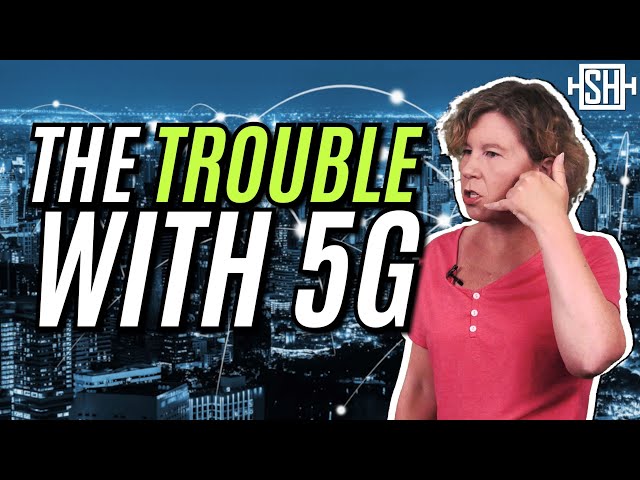Some high-frequency bands intended for next-generation 5G wireless antennas are close to bands used to monitor faint but critical atmospheric signals. Forecasters say interference could compromise weather models.
Neil Jacobs, NOAA’s acting administrator, testified to Congress in May that an internal study had found that 5G-related interference could cost NOAA 77% of the water vapor data it collects at 23.8 GHz and could degrade weather forecasts up to 30%, to 1980 levels. “It’s a critical data set for us,” Jacobs said.
Even though 5G transmissions will be separated from the water vapor band by a 250-megahertz (MHz) buffer, forecasters worry they will bleed into the band and swamp the faint natural emission. In March, just before the FCC’s auction of 24-GHz band frequencies, Secretary of Commerce Wilbur Ross, who oversees NOAA, and NASA Administrator Jim Bridenstine sent a letter asking FCC to postpone the auction. FCC went ahead with it anyway, and both T-Mobile and AT&T bought parts of the band.
Resolving the battle over the 24-GHz band won’t end the war. In December, FCC plans to auction off frequencies in the 37.6- to the 38.6-GHz band, close to those used to measure rain and snow. And several other potential 5G bands sit near weather-critical frequencies. Gerth is especially worried about frequencies between 50 and 55 GHz, necessary for atmospheric temperature profiles. “It’s an issue that’s not going to go away,” he says.








